With Image Insights you can collect and analyze images containing your brand.


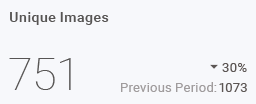
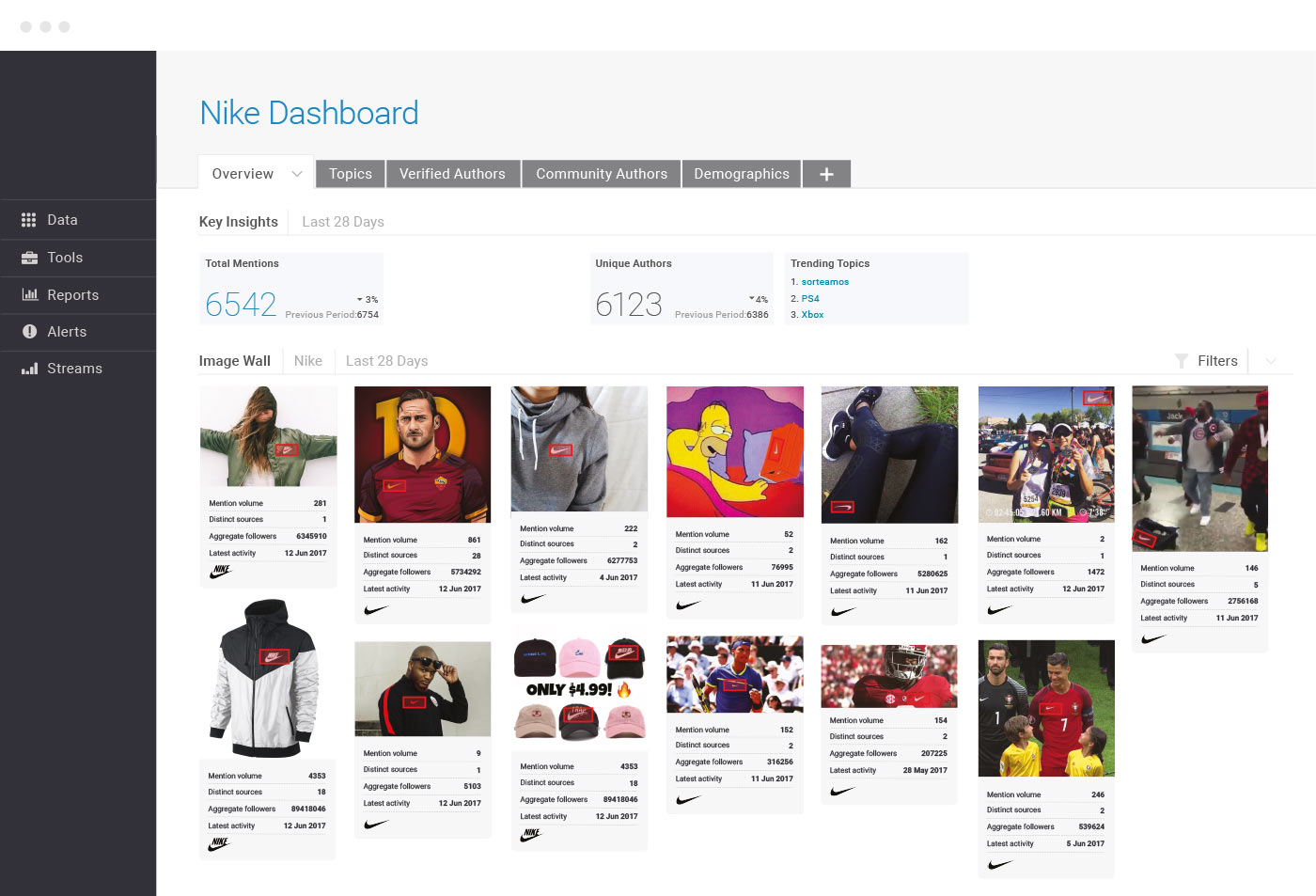
Any logo, anywhere.
Clothing, graffiti, billboards, tattoos. Wherever it is, Image Insights will find it.
interesting
- Mention volume 993
- Distinct sources 7
- Aggregate followers 12848287
- Latest activity 7 May 2017
- Mention volume 4
- Distinct sources 1
- Aggregate followers 107
- Latest activity 30 May 2017
- Mention volume 1
- Distinct sources 1
- Aggregate followers 20
- Latest activity 7 Jun 2017
- Mention volume 2
- Distinct sources 1
- Aggregate followers 25
- Latest activity 30 May 2017
- Mention volume 1
- Distinct sources 1
- Aggregate followers 1086
- Latest activity 10 Jun 2017
obscured
- Mention volume 22
- Distinct sources 1
- Aggregate followers 16661
- Latest activity 11 Jun 2017
- Mention volume 286
- Distinct sources 1
- Aggregate followers 182314
- Latest activity 13 May 2017
- Mention volume 875
- Distinct sources 41
- Aggregate followers 523314
- Latest activity 10 Jun 2017
- Mention volume 1
- Distinct sources 1
- Aggregate followers 81
- Latest activity 12 Jun 2017
- Mention volume 325
- Distinct sources 23
- Aggregate followers 471189
- Latest activity 4 May 2017
unexpected
- Mention volume 538
- Distinct sources 4
- Aggregate followers 583027
- Latest activity 23 Apr 2017
- Mention volume 203
- Distinct sources 3
- Aggregate followers 285610
- Latest activity 30 May 2017
- Mention volume 4
- Distinct sources 1
- Aggregate followers 9043
- Latest activity 12 Jun 2017
- Mention volume 2
- Distinct sources 2
- Aggregate followers 9949
- Latest activity 11 Jun 2017
- Mention volume 1
- Distinct sources 1
- Aggregate followers 18
- Latest activity 12 Jun 2017
Complete awareness.
Analyze how, when, and where people see your logo.
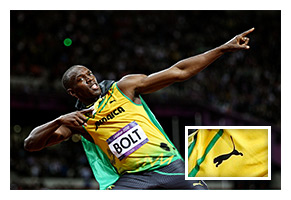


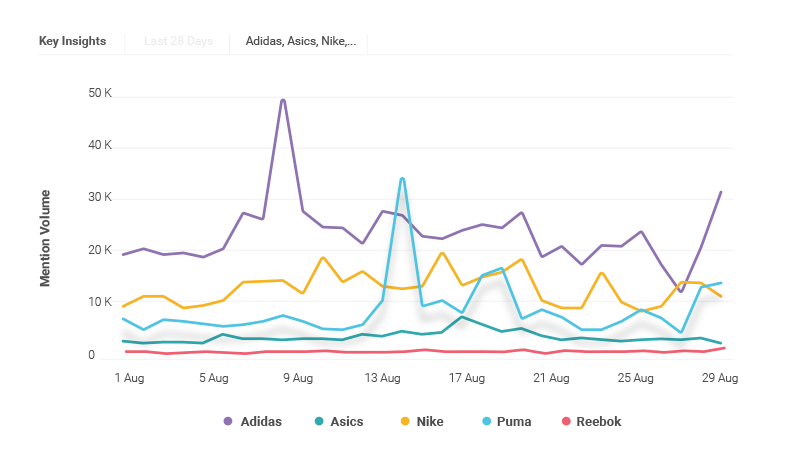

Understand your audience.
Discover how your customers really use your products.
- Mention volume 42
- Distinct sources 1
- Aggregate followers 13559
- Latest activity 23 Apr 2017
- Mention volume 3453
- Distinct sources 1
- Aggregate followers 53217
- Latest activity 1 May 2017
- Mention volume 329
- Distinct sources 1
- Aggregate followers 125243
- Latest activity 3 Jun 2017
See everything.
The good, and the bad, before it goes viral.
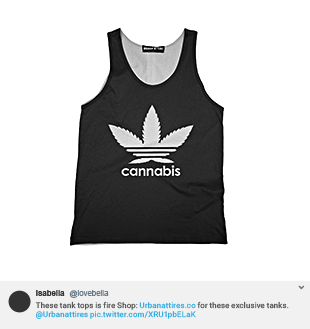



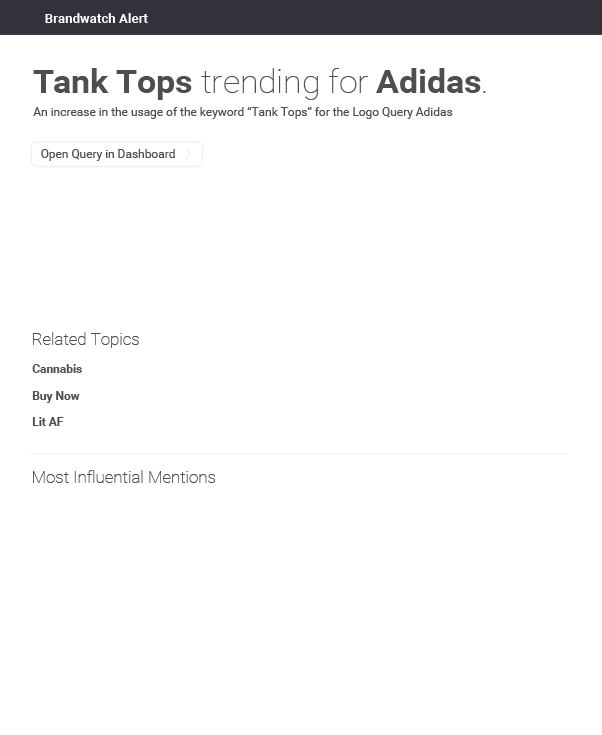
See what you're missing.
Schedule your Image Insights demo and we'll show you the images you've missed.